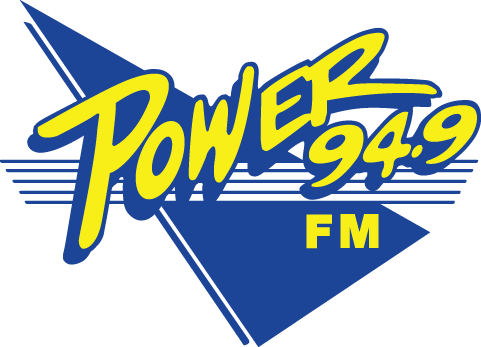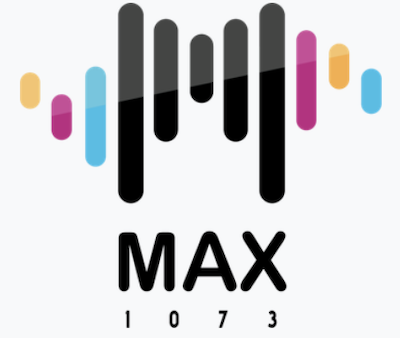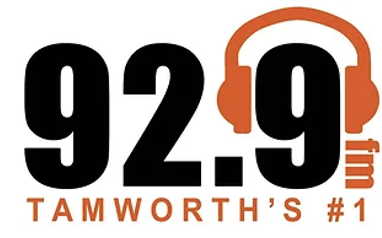When does TSL really happen?
Earlier this year Tom Watson, president of A.C.C. Consulting & Marketing International, contributed this article to Radio Today about 'When does TSL really happen ?'
This morning he spoke at the National Radio Conference on the same subject. Below is his original article…..
Time spent listening is often thought of as someone listening to your station and documenting their listening as it happens. Not true! Sweeping music across the quarter-hour and other “games” do not lengthen TSL.
The average person listens to radio approximately two hours per day and samples three different stations within a day of listening. Take that two hours and divide it by the three stations they’ve sampled, and you’ll find you have someone using your station for about 45-60 minutes a day, and not all in a row. Listeners take “snapshots” of your programming throughout the day: a little bit in morning drive, a bit during the workday, then some more in the afternoon.
After 7 p.m., the bell shaped curve drops significantly with the 25-plus demo as they move on to TV, family, etc. You must win the 6 a.m.-7p.m. ratings to be successful. And that gets down to what benchmarks or “triggers” you have built in to your programming to make your station memorable. Are you making hourly “appointments” with your listeners to solidify your features and benchmarks?
Why should someone remember they spent more time with your station than the other two stations they also listened to that day? What makes you different? Is your product compelling, fun, interesting? Are your commercials well-written and produced, to keep people tuned in? Are your jocks making appointments with the listeners for specific times throughout the day for events, features, bits? You have to get listeners used to returning to your “store” to shop, every day.
The biggest mistake in radio programming today is overestimating product knowledge on the part of the listener. We tend to assume they know everything we do on the air — that they know about every promo, contest, etc. That is not even close to reality! Radio is an appliance to the average listener. It is a toaster, a toilet, a microwave oven. Period. The scary thing is that people can (and some do) live their daily lives without using radio! Radio is free; you don’t have to pay $10 for Station A and $20 for Station B. So why should listeners remember what station they listened to?
Music is not a strong enough benchmark to make you No. 1. Don’t get me wrong: Music is important, but to reach your full ratings potential, there must be more to your station than just a music image or “18 in a row.”
If we as an industry don’t start getting back to localism, fun, personality, local news and traffic — the “basics” that listeners tell us over and over again they want from their favourite radio station – we are doomed to more declines in ratings and revenue.
Broadcasters tend to say, “To hell with what they want! We know what we should be doing.” That’s the quickest route to the bottom of the ratings. When someone tunes in to your station, they have certain expectations. If you don’t meet their expectations, they will go somewhere else. If you go to McDonald’s and ask for a Big Mac, fries, and a Coke, and they say, “Sorry, all we have is beer, ribs and sushi,” what would you do? You probably wouldn’t buy anything, and you’d probably never go back to that McDonald’s. Consistency is the key to success. Meet the listeners’ expectations, and be what you say you are. Never make them guess what is on your “menu.”
There are any number of little things that make up a No. 1 radio station: fun (in presentation and sound), community reflection and involvement, personality from jocks, localism, news and information, lifestyle information (that your P1 wants and needs to know about), contests and promotions that fit your station’s image and the listeners’ lifestyle. The list goes on and on.
So here’s the answer to the question “When does TSL really happen?” More than 75 percent of people who fill out an Arbitron diary (Editor note: this is the diary system in the US) do so between 7 and 11 p.m. When a person sits down, pen in hand, and fills out the diary, that is when TSL is really happening. In that magical moment, they are “un-aided” in recalling what they perceive they listened to over the past 12, 24, or 48 hours. What station comes to mind first, and why does that station command top-of-mind awareness?
Ask yourself this: What did you have for lunch last Thursday? Can’t remember? Of course not. It wasn’t all that important. Right? But eating to stay alive is an important human function. If you can’t remember what you had for lunch last Thursday, why should you remember what radio station you listened to in the past 24 to 48 hours?
There is no such thing as “quarter-hour maintenance.” Never has been, never will be. That term means someone is filling out a diary every 15 minutes, all day. No one does that.
Look at your station and your product as a listener, not as a radio person. Don’t try to program your station to impress other radio people, corporate PDs, etc. Program your radio station for the diarykeepers in your market. Period.



